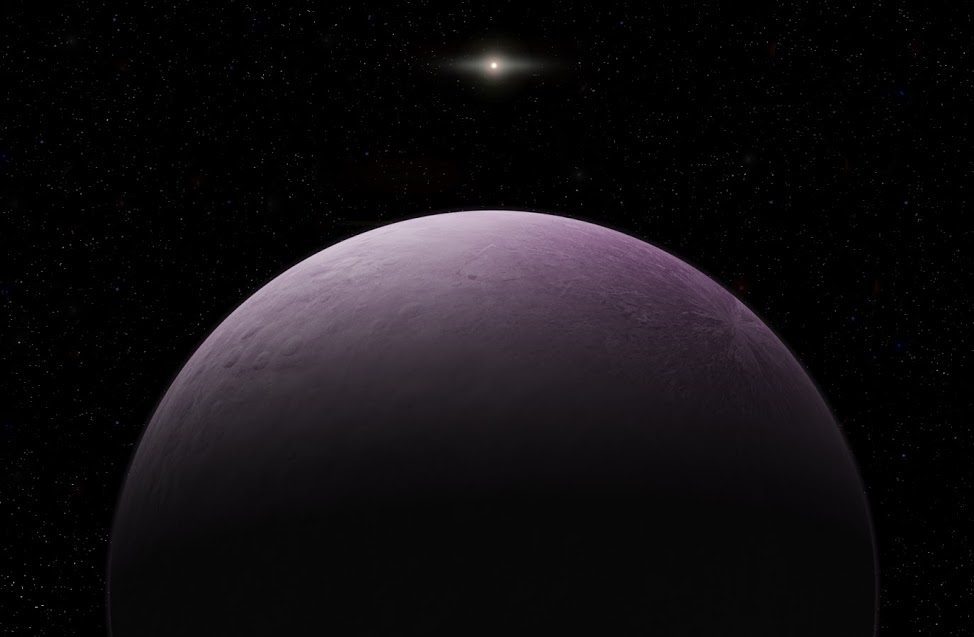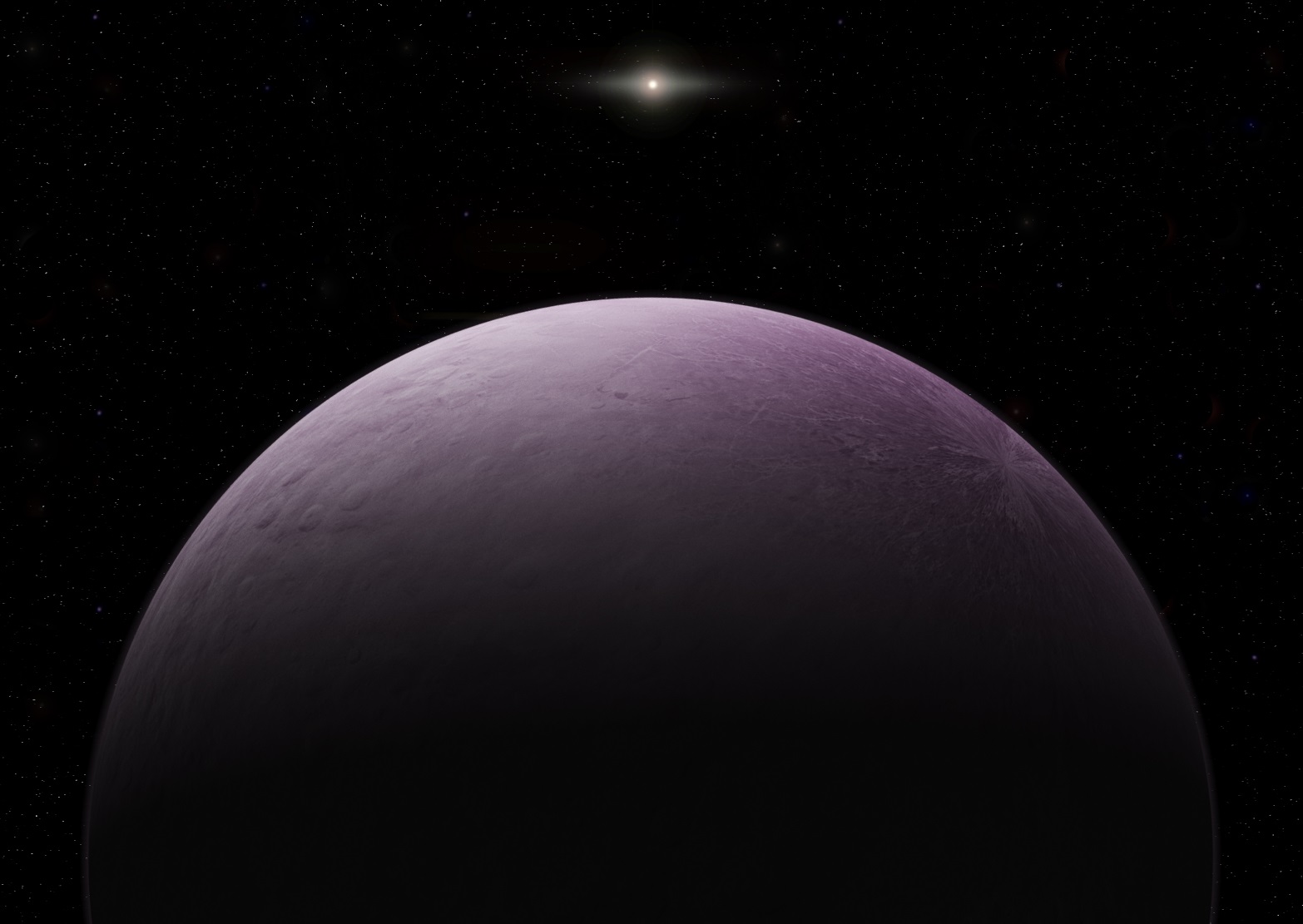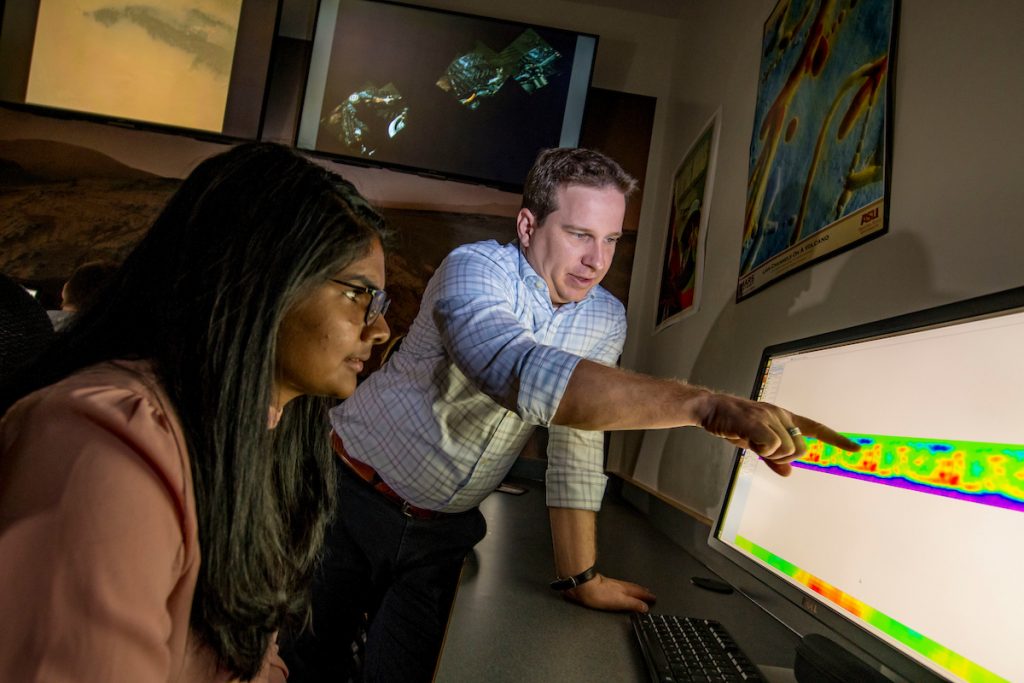
Jan. 4, 2019
A team of astronomers, including Northern Arizona University scientist Chad Trujillo, earlier this week announced their discovery of an object at about 120 astronomical units (AU) from Earth—the farthest observed object in the solar system. One AU represents the distance between the Earth and the Sun, approximately 93 million miles.
Nicknamed “Farout” by the discovery team—and formally designated 2018 VG18 by the International Astronomical Union—the object is… Read more
Discovered: The Most-Distant Solar System Object Ever Observed

Washington, DC— A team of astronomers has discovered the most-distant body ever observed in our Solar System. It is the first known Solar System object that has been detected at a distance that is more than 100 times farther than Earth is from the Sun.
The new object was announced on Monday, December 17, 2018, by the International Astronomical Union’s Minor Planet Center and has been given the provisional designation 2018 VG18. The discovery was made by Carnegie’s Scott… Read more
‘Farout,’ the most-distant solar system object discovered – CNN
The International Astronomical Union’s Minor Planet Center announced the discovery Monday, calling the object 2018 VG18. But the researchers who found it are calling it “Farout.”
They believe the spherical object is a dwarf planet more than 310 miles in diameter, with a pinkish hue. That color has been associated with objects that are rich in ice, and given… Read more
It’s the Solar System’s Most Distant Object. Astronomers Named It Farout. – The New York Times
Orbiting 11 billion miles from the sun, this tiny world offers additional clues in the search for the proposed Planet Nine.

Meteor Crater offers open-air classroom, lab for NAU students and researchers (VIDEO)
Before they walked on the moon, they walked in Meteor Crater.
This geologic formation, about 30 miles east of Flagstaff, was pivotal to the United States’ efforts to learn about the Moon; the astronauts who first set foot on the Moon all trained and prepared at Meteor Crater. Today, scientists and students from NAU and other institutions go to the crater, which is the best-preserved meteor crater on the planet, to study the interactions between other celestial bodies… Read more
Graduate Heshani Pieris: Faculty mentoring helped astronomy student from Sri Lanka find a place in her field

Dec. 6, 2018
Since she was 12 years old, Heshani Pieris has stared into the sky, wondering what the different planetary bodies were made of, whether life existed elsewhere and how the planets, stars, sun, comets and asteroids interacted with each other. She didn’t just want answers to her questions, though; she wanted to find the answers herself through telescopes, Mars rovers and data.
Thus, when… Read more